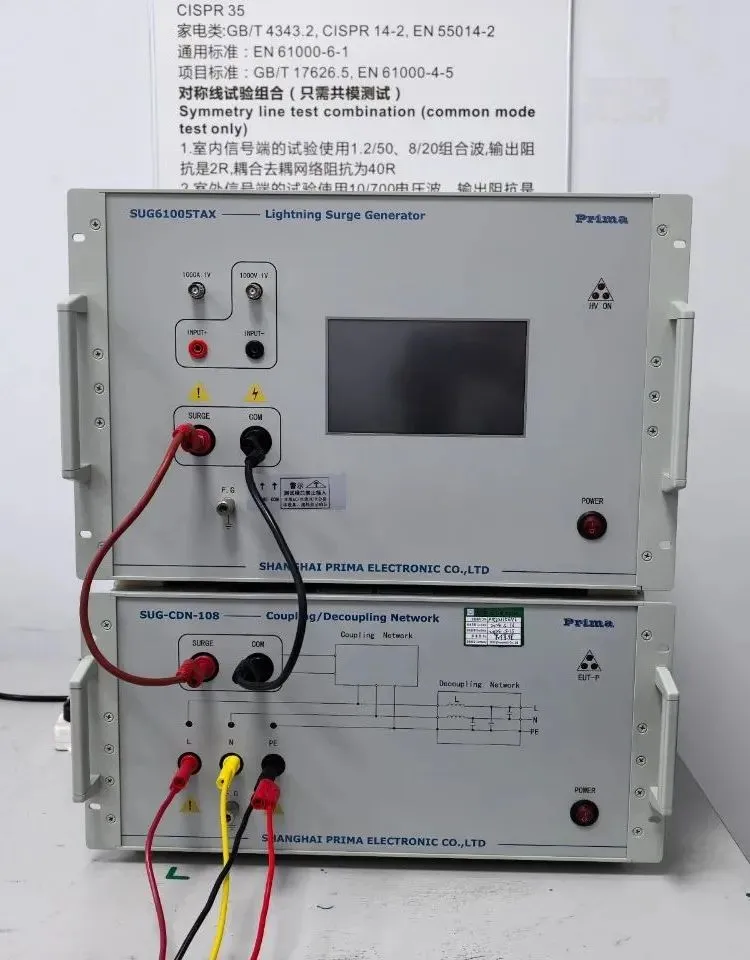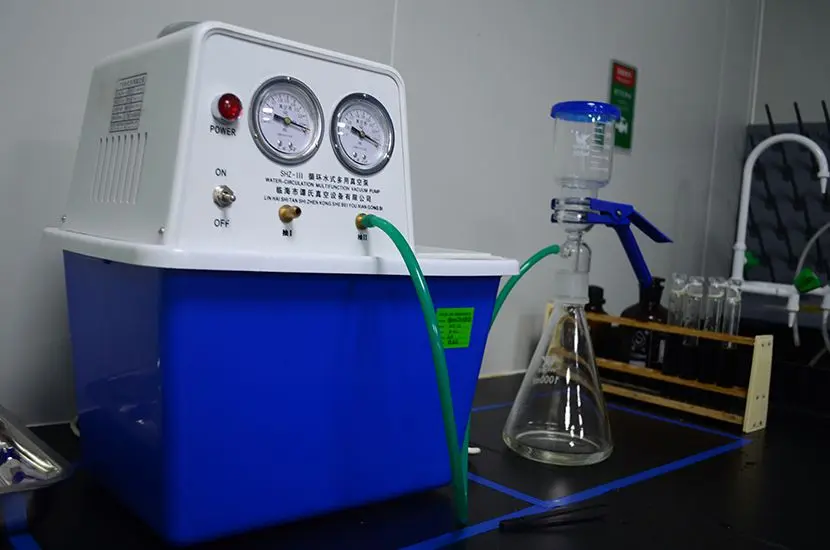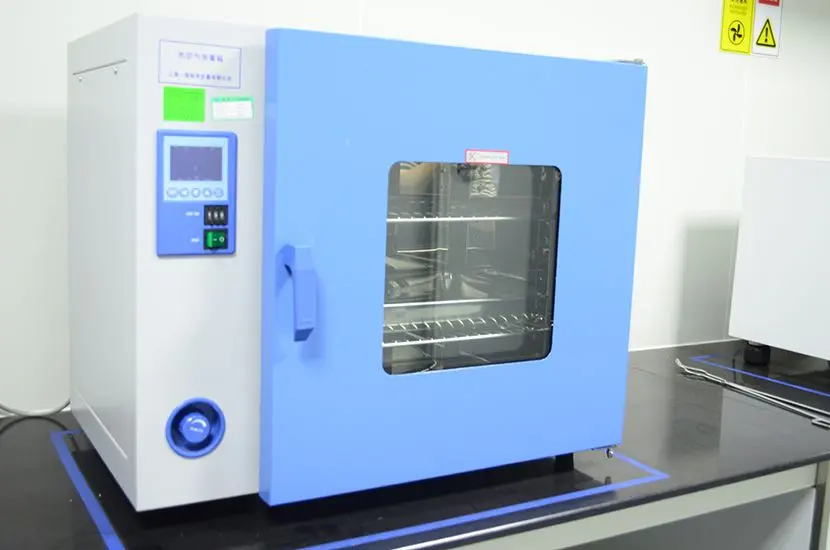
CEC Certification Introduction
CEC stands for the California Energy Commission, the regULatory authority responsible for energy efficiency in California. In 2005, based on the state’s Appliance Efficiency Regulation, CEC established a certification now known as “CEC Certification.”

The primary purpose of CEC certification is to improve the energy efficiency of electronic and electrical products, conserve energy, and REDuce carbon emissions. CEC certification covers 58 major product categories, and all products within this scope must meet CEC requirements to be sold legally.
Each certification carries a purpose, and CEC certification is no exception. As an energy efficiency certification, its key responsibilities include setting standards for product efficiency, conserving energy, and reducing greenhouse gas emissions to protect the environment.
Products Required to Meet CEC Certification Standards
Under CEC certification, specific products must comply to be marketable in California. Products requiring CEC certification include:
1. Power products: external power supplies, adapters
2. Information devices: set-top boxes, monitors
3. Audio-video devices: DVD players
4. Small battery charging systems: Bluetooth headsets, speakers, fitness trackers, dash cams, mobile phones, tablets, laptops
5. Large battery charging systems
6. Lighting products
7. Home appliances
8. Transformers
9. Motor products
CEC and DOE Certification Standards
- CEC: CEC-400-2017-002
- DOE: 10 CFR 430
CEC’s new energy efficiency requirements for Battery Charging Systems (BCS) were approved in early 2012, effective from February 2013. These standards apply to nearly all battery charging systems, including mobile phones, Bluetooth devices, tablets, laptops, power tools, personal care devices, UPS, and off-road vehicles, encompassing batteries of all types, such as NiMH, NiCd, lithium, and lead-acid. To comply, products must be tested by accredited laboratories against applicable U.S. standards before they can be sold in California.
Documentation Required for CEC Certification
1. Product Name: Full product name
2. Product Model: Detailed listing of all models, variants, or classifications needing testing
3. Intended Use: E.g., for home, office, factory, mining, marine, etc.
4. Parts List: Comprehensive list of components, model numbers, ratings, manufacturer details; for insulation, provide material specifics
5. Electrical Performance: Circuit diagrams and performance specs for electrical/electronic items
6. Structure Diagram: Product structure or exploded views and material lists for most products
7. Product Photos, Instructions, and Installation/Safety Guides
Benefits of Obtaining CEC Certification
For consumers, CEC-certified products are more energy-efficient, reducing electricity costs. For California, CEC certification aids in statewide energy conservation, carbon emissions reduction, and greenhouse gas mitigation. For manufacturers, while CEC certification requires time and resources, it is mandatory for compliant products to access the California market.
Email:hello@jjrlab.com
Write your message here and send it to us
 What Are the Testing Items of California Propositi
What Are the Testing Items of California Propositi
 E-Cigarette EU TPD Testing
E-Cigarette EU TPD Testing
 Testing Certification for E-cigarettes Exported to
Testing Certification for E-cigarettes Exported to
 What is Amazon US CPC Certification?
What is Amazon US CPC Certification?
 UK Toy Safety Regulation Standard EN 71-13
UK Toy Safety Regulation Standard EN 71-13
 What is EU UFI Registration?
What is EU UFI Registration?
 EU UFI Registration for E-cigarette E-liquid
EU UFI Registration for E-cigarette E-liquid
 How to get the MSDS Report for Electronic Cigarett
How to get the MSDS Report for Electronic Cigarett
Leave us a message
24-hour online customer service at any time to respond, so that you worry!




